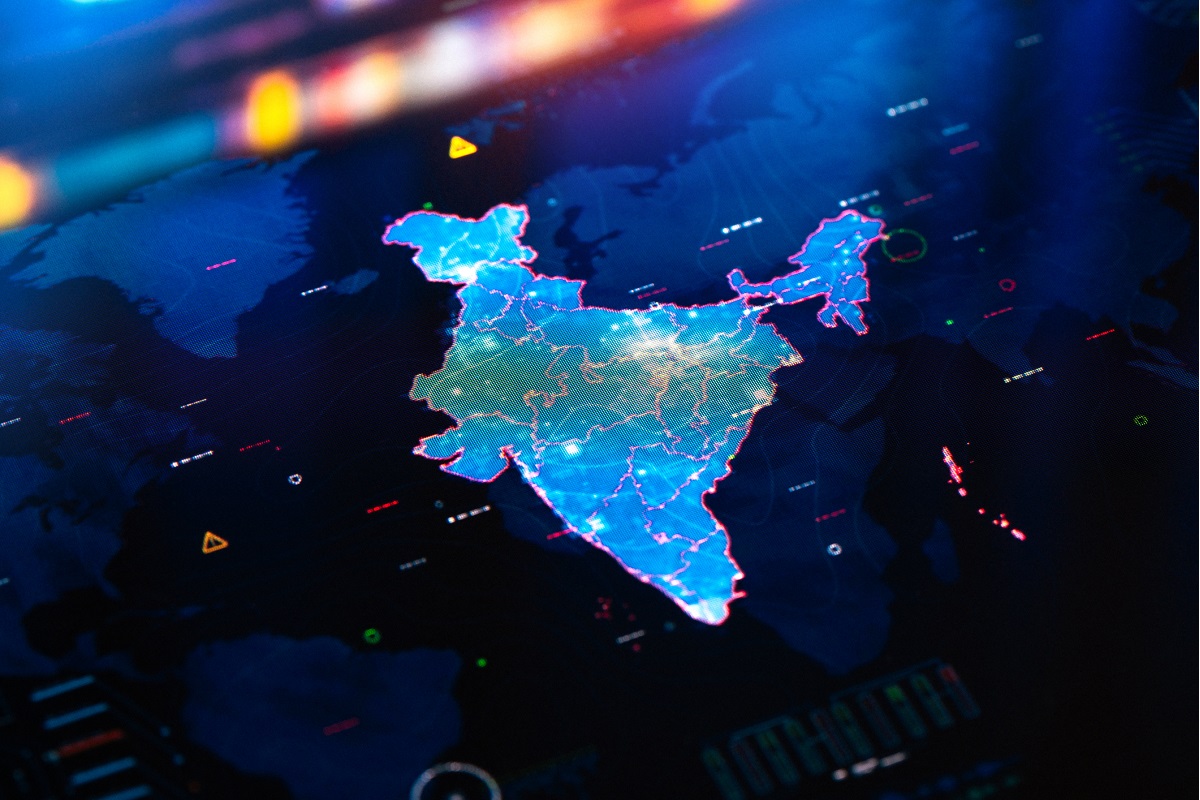According to the most recent “The Indian Telecom Services Performance Indicators” reports published by the Telecom Regulatory Authority of India (TRAI) on January 10, 2022, at the end of September 2021, there were 336.60 million and 497.69 million internet subscribers in India’s rural and urban areas, respectively.
The government has taken the following actions to expand digital outreach across the nation:
Advertisement
- The government and telecom service providers (TSPs) gradually roll out mobile, broadband, and internet services to the nation’s unconnected communities.
- The government has programmes like the Comprehensive Telecom Development Plan for North Eastern Region, Left Wing Extremism (LWE) Affected Area schemes, Aspirational Districts Schemes, and the Comprehensive Telecom Development Plan for Islands, among others, to extend mobile connectivity by erecting towers in the unconnected villages of the nation. These programmes are funded by the Universal Service Obligation Fund (USOF).
- All Gram Panchayats (GPs) in the nation will have broadband internet thanks to the BharatNet initiative, which is being deployed in stages. Service providers can use the infrastructure developed as part of the BharatNet project to offer broadband and internet services. BharatNet’s coverage area has recently been expanded to include all populated villages outside of GPs in the nation.
- On December 17th, 2019, the National Broadband Mission (NBM) was launched with the goals of accelerating the development of the digital communications infrastructure, bridging the digital divide, promoting digital inclusion and empowerment, and offering everyone affordable and universal access to broadband.
Prime Minister Wireless Access Network Interface (PM-WANI) framework has been established to promote the spread of broadband services via public Wifi. The PM-WANI framework’s distributed design and function unbundling make it possible to provide broadband. Entities are not required to get a licence or pay a fee to the government under this structure.
According to their business plans, licenced service providers offer broadband services in both urban and rural areas of the nation. However, there are a number of government initiatives supporting the expansion of broadband services in rural and remote areas of the nation, including the Universal Service Obligation Fund (USOF), whose total fund earmarked/disbursed for the previous five years and the current year through February of 2022 is approximately 31529 Cr.
The government has the following programmes under USOF in addition to the BharatNet project in Rajasthan to improve internet and broadband in the state:
- 354 unconnected villages, border areas, and other priority areas in various states, including Rajasthan, will have mobile coverage provided.
- 4G mobile coverage will be made available in 502 undeveloped villages in Aspirational Districts across four States, including Rajasthan.
The Minister of State for Communications, Devusinh Chauhan, provided this information in a written response to a question in the Lok Sabha today.
